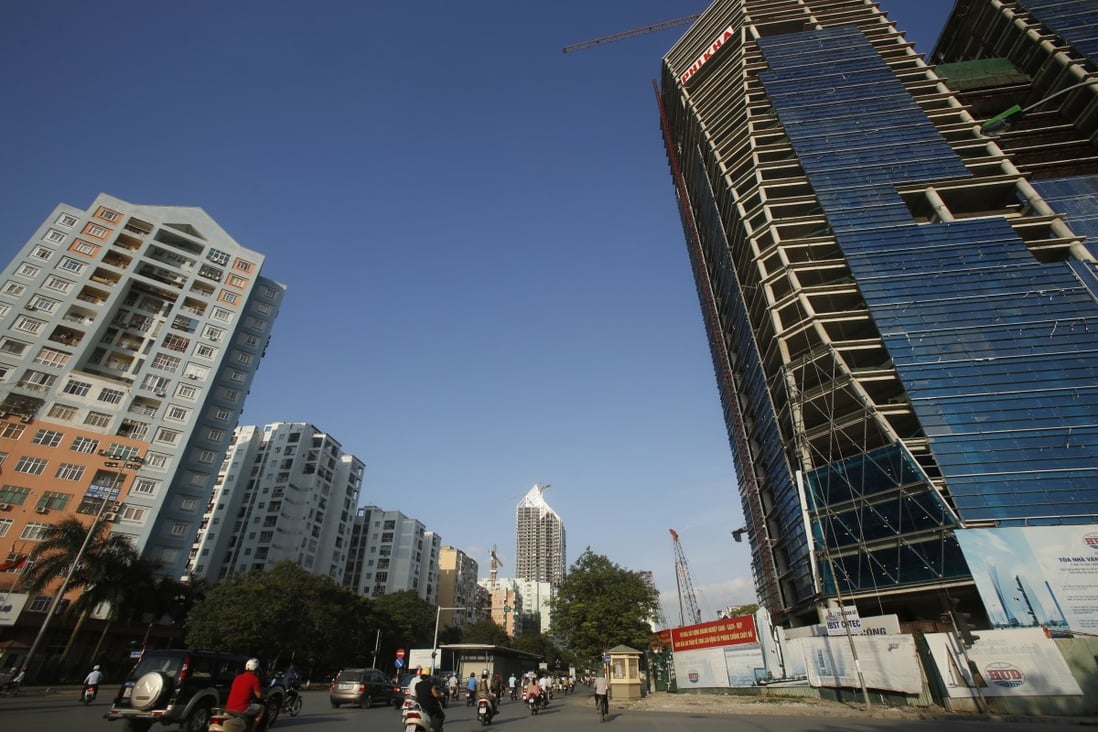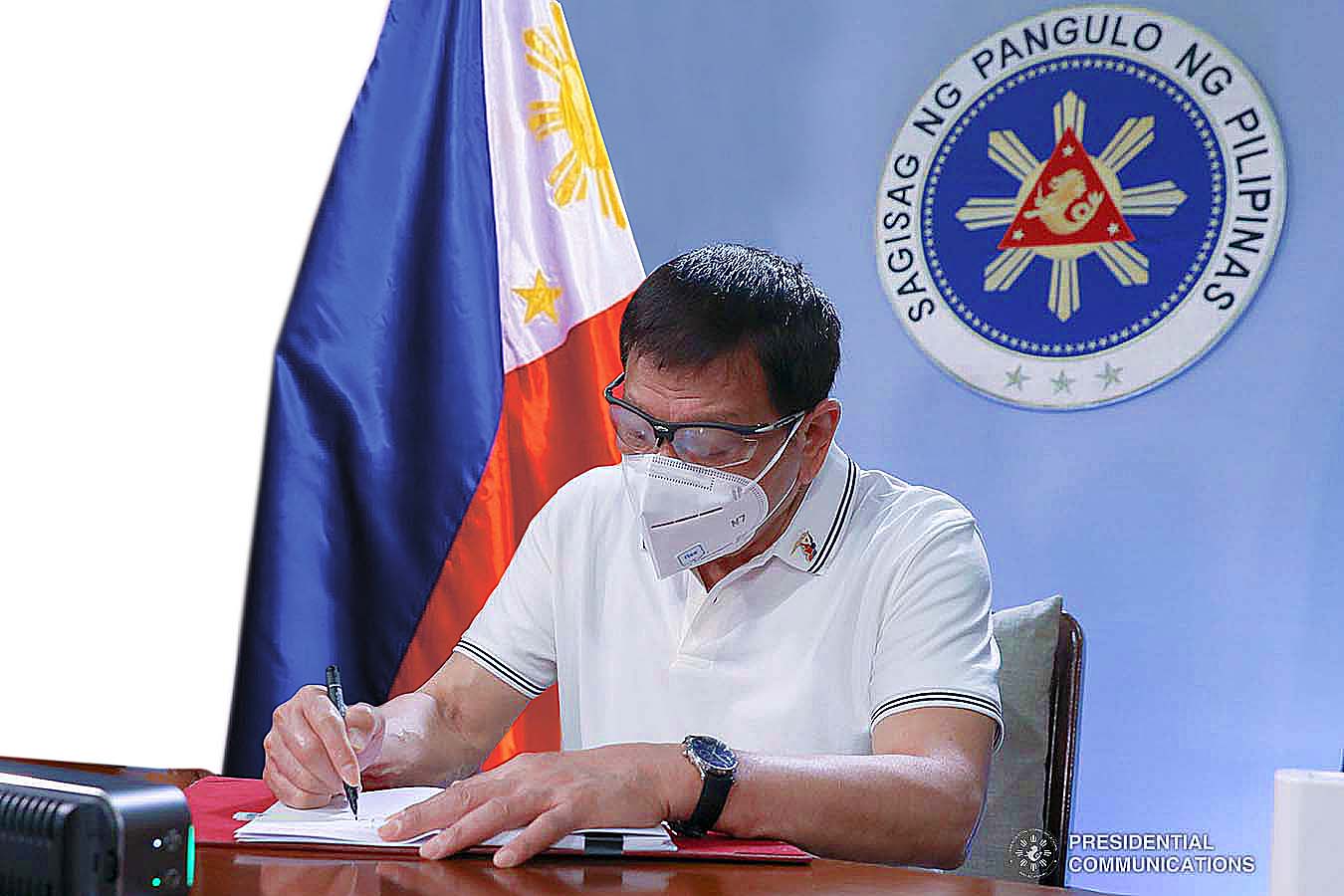Property in the Philippines is primarily governed by the Philippine Civil Code, supplemented by various special laws such as the Comprehensive Agrarian Reform Program and the Condominium Act.

The Philippine Civil Code
Introduction to the Civil Code
The Philippine Civil Code is a foundational legal code that governs a variety of areas, including obligations, contracts, and property rights, among others.
Articles Pertaining to Property
The Philippine Civil Code enumerates articles that are directly concerned with property rights and obligations. These articles lay down rules for different forms of ownership, possession, and transfer of property. Specific articles touch upon:
- Ownership Rights: Defines what constitutes ownership and the limitations of these rights.
- Possession: Explains both actual and constructive possession, and the legal implications of each.
- Easements: Discusses the limitations and allowances of using another’s property.
- Donation: Provides rules for the legal giving away of property.
- Succession: Establishes the legal protocols for the transfer of property due to death or other forms of succession.
For more information, you can refer to the Civil Code of the Philippines on Wikipedia.
Differences from Other Jurisdictions
The property laws in the Philippine Civil Code have unique characteristics that set them apart from property laws in other jurisdictions. Here are some notable differences:
- Restrictions on Foreign Ownership: Unlike many Western countries, the Philippines places restrictions on the amount and type of land that foreign nationals can own.
- Conjugal Property: The concept of marital property and its division are heavily influenced by the country’s history and culture.
- Ancestral Lands: There are specific provisions that protect the rights of indigenous peoples to their ancestral lands.
Types of Property
Understanding the types of property in the Philippines can help individuals and entities navigate the complexities of ownership, possession, and transfer.
Movable vs. Immovable Property
Examples include:
- Vehicles: Cars, boats, and motorcycles fall under this category.
- Jewelry: Items like rings, necklaces, and bracelets are considered movable property.
- Household Goods: Furniture, appliances, and other belongings in your home are also movable properties.
For instance:
- Land: The most obvious example, usually involving titles and deeds to establish ownership.
- Buildings: Structures such as homes, commercial buildings, and factories are considered immovable.
- Fixed Installations: Things like roads, bridges, and permanent fixtures are also considered immovable property.
Intellectual Property
Intellectual property covers non-physical assets, usually related to creations of the mind. It includes:
- Patents: These protect inventions or discoveries for a certain period.
- Trademarks: These include symbols, names, and slogans used to identify goods or services.
- Copyrights: These protect original works of authorship, including writings, music, and art.
For a deeper understanding of intellectual property law in the Philippines, you can refer to the Intellectual Property Office of the Philippines.
Agricultural Land
Agricultural land in the Philippines is subject to various special laws and regulations. It encompasses:
- Farmland: Used for crops, it’s the most common type of agricultural land.
- Pasture: Land specifically reserved for raising livestock.
- Orchards: Specialized land for fruit trees.
- Poultry and Piggery Farms: Land used exclusively for raising chickens, pigs, and other livestock.
Land Ownership
It involves different facets, including legal frameworks, registration systems, and restrictions, among others. Knowing these facets is crucial for anyone looking to acquire or transfer land in the country.
Torrens System in the Philippines
The Torrens system is the primary method for registering land ownership in the Philippines. Through this system, the government issues a title that serves as the definitive proof of ownership. Here are some key points:
- Centralized Records: All land titles are kept in a centralized registry for ease of reference and verification.
- Indefeasibility: A Torrens title is considered conclusive evidence of ownership, barring a few exceptions.
- Streamlined Transactions: The system facilitates easier transfer and mortgaging of land due to its reliability.
For a historical perspective and further explanation of the Torrens system, you can consult the Torrens title Wikipedia page.
Types of Land Titles
Some common types are:
- Original Certificate of Title (OCT): Issued for lands that are newly registered.
- Transfer Certificate of Title (TCT): Issued when land ownership is transferred from one party to another.
- Condominium Certificate of Title (CCT): Issued for units within a condominium.
- Emancipation Patents and Certificates of Land Ownership Awards: These are special titles for beneficiaries of the Comprehensive Agrarian Reform Program (CARP).
Restrictions on Foreign Ownership
Ownership of land in the Philippines is significantly restricted for foreign nationals. The main limitations include:
- Corporations: At least 60% of a corporation that owns land must be Filipino-owned.
- Residential Lands: Foreign nationals can own buildings or houses but not the land on which they stand.
- Leases: Foreigners can lease land but cannot own it.

Property Rights and Obligations
Understanding the rights and obligations tied to property ownership in the Philippines is crucial for maintaining a legal and harmonious relationship between property owners, tenants, and other stakeholders. This section details the rights and obligations associated with owning, leasing, or occupying property.
Rights of the Owner
- Possession: The owner has the right to occupy and use the property.
- Exclusion: The owner can prevent others from entering or using the property.
- Transfer: The owner can sell, donate, or lease out the property.
- Improvement: The owner can make modifications or improvements to the property.
Obligations of the Owner
Ownership also comes with obligations, such as:
- Maintenance: Keeping the property in a condition that doesn’t harm others.
- Taxes: Payment of real property taxes and other assessments.
- Compliance: Adhering to zoning laws, building codes, and other regulations.
- Notification: Informing relevant authorities and neighbors about significant changes, like construction or major repairs.
Restrictions on Foreign Ownership
Tenants and lessees also have rights protected by law, including:
- Right to Quiet Enjoyment: Tenants have the right to use the property without undue interference from the owner.
- Security Deposits: Regulations exist regarding the collection and return of security deposits.
- Maintenance: Tenants can expect the landlord to maintain common areas and essential services.
- Lease Agreements: Tenants have the right to a clear and understandable lease agreement outlining the terms and conditions.

Special Laws and Regulations
In addition to the Philippine Civil Code, there are special laws and regulations that pertain to property rights and ownership. These special laws often focus on particular types of property or specific segments of the population. Understanding these can be critical for those engaged in specialized property transactions.
The Comprehensive Agrarian Reform Program (CARP)
The Comprehensive Agrarian Reform Program, commonly known as CARP, is a social justice and land reform program initiated to provide landless farmers and farm workers with their own plots of land. Key aspects include:
- Tenure Security: The program aims to secure the land tenure of farmers.
- Support Services: Provides beneficiaries with support for infrastructure, technology, and financial assistance.
Condominium Act
The Condominium Act outlines the legal structure for the creation, governance, and management of condominiums in the Philippines. Important points include:
- Ownership Structure: Describes the split ownership of individual units and common areas.
- Association Management: Regulations on the formation and duties of condominium associations.
- Resale and Lease: Guidelines for selling and renting condominium units.
Indigenous Peoples’ Rights Act
The Indigenous Peoples’ Rights Act aims to recognize, protect, and promote the rights of indigenous cultural communities or indigenous peoples. Notable aspects are:
- Ancestral Domains: Recognizes and protects the rights of indigenous peoples to their ancestral domains.
- Cultural Integrity: Aims to preserve the cultural traditions and institutions of indigenous peoples.
- Resource Management: Grants indigenous peoples the right to manage and conserve natural resources within their ancestral domains.